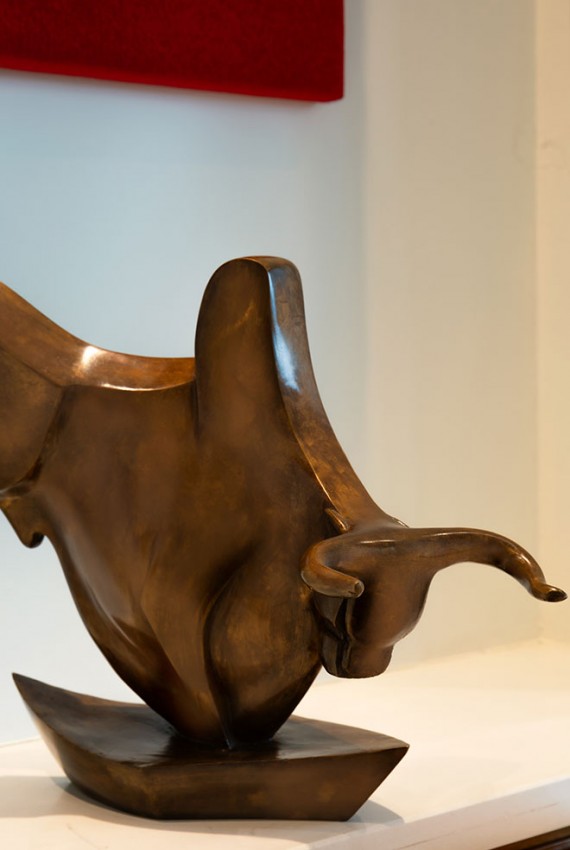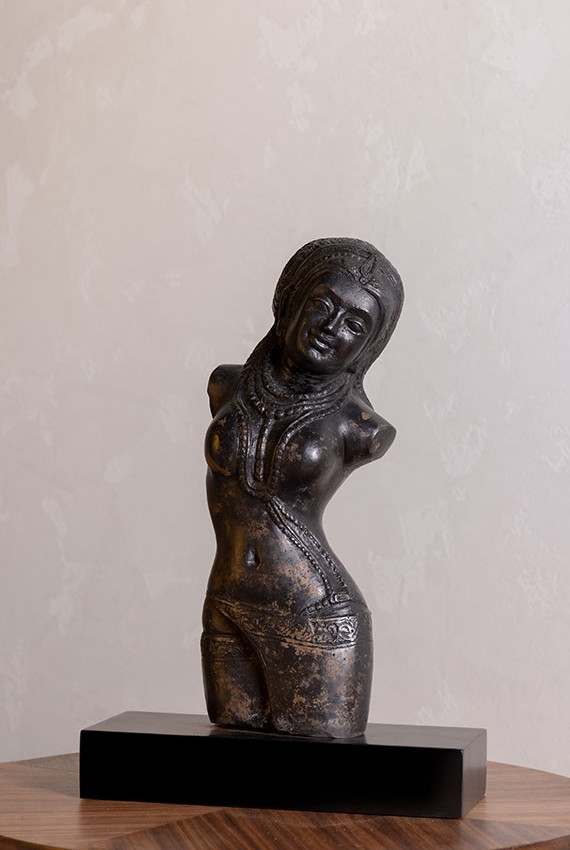
Facts About Bronze Sculptures You Never Knew Before

Humankind has attempted to create artistic representations of the world around it through the use of bronze sculpture. This artistic genre has had a highly stormy past. Bronze has historically been the most widely used material for cast metal sculptures. It can be used to create single or group sculptures, tiny statuettes, and figurines, as well as bronze parts that can be attached to virtually any type of weapon or piece of furniture.
These regal-looking metal sculptures have some amazing facts that you might never have known.
The Uses of Patinas
Although bronze is comprised of copper, it can oxidise even though it does not rust. Bronze will inadvertently form a layer of patina, giving it a greenish colour, when exposed to air. Patina gives a two-tone effect to the sculptures which looks more beautiful. Although these patinas are attractive and can eventually appear dignified. Artists make use of this natural occurrence by giving bronze sculptures their own custom-made patinas. These vibrant patinas aid in preventing the artwork from oxidising naturally.
Bronze was once used to sculpt mirrors
Mirrors were actually constructed of bronze before modern glass mirrors became popular! This is due to the fact that bronze naturally reflects a glossy surface when it is cast and nicely polished. Rich households in ancient Egypt, Greece, Rome, China, and Japan treasured bronze mirrors as priceless valuables.
Statues of Roman "Fan Art" Preserve what remains of the bronze statues from ancient Greece.
Bronze statues played a significant role in ancient
Greek culture, but by the Middle Ages, many vanished. They were probably melted
down for the bronze they contained. Few of these Hellenistic statues remain,
and those that do are mostly kept in museums today. The Roman Marble Statues were a great inspiration
for all artists during that era. These statues were further replicated in
bronze, which kept the tradition alive. Out of adoration, the ancient
Romans frequently copied the Greeks' artwork. Their "fan art" aids in
our comprehension of the potential aesthetic of the lost bronze Greek
masterpieces.
The best material for monumental statues remains bronze
Bronze continues to be the preferred metal for
monuments even after thousands of years. Due to bronze's natural expansion
during the cooling Lost Wax process
in the mould, bronze sculptures have remarkable detail and expression. Bronze
is also easy to work with and more resistant to the elements, allowing
monuments to leave a lasting impression on the public for many years.
Although they are not magnetic, but there still is a possibility
The majority of bronze sculptures are not magnetic since neither copper nor tin is magnetic. However, if an artist wishes to create a magnetic bronze sculpture, the metals can be combined with minute amounts of nickel, cobalt, or another magnetic substance. That is what some contemporary artists do. In renowned museums like The Museum of Modern Art, this artist is actively experimenting with magnetic sculptures. There are many nonmagnetic sculptures available in the market.
Bronze is a fantastic material for sculpting, according to painters and sculptors. These works of art, which are visual depictions of celestial creatures, explain the transcendence of the human predicament and how it leads to spiritual enlightenment.










